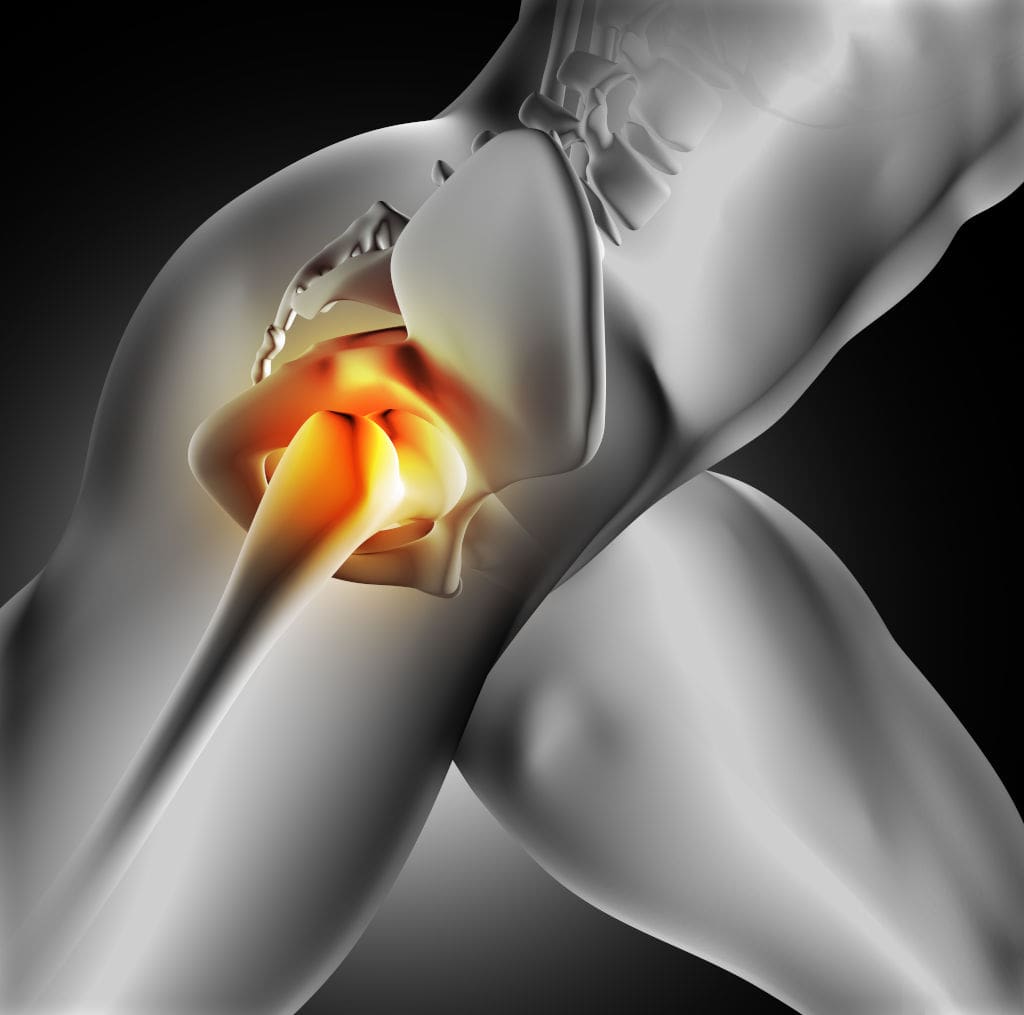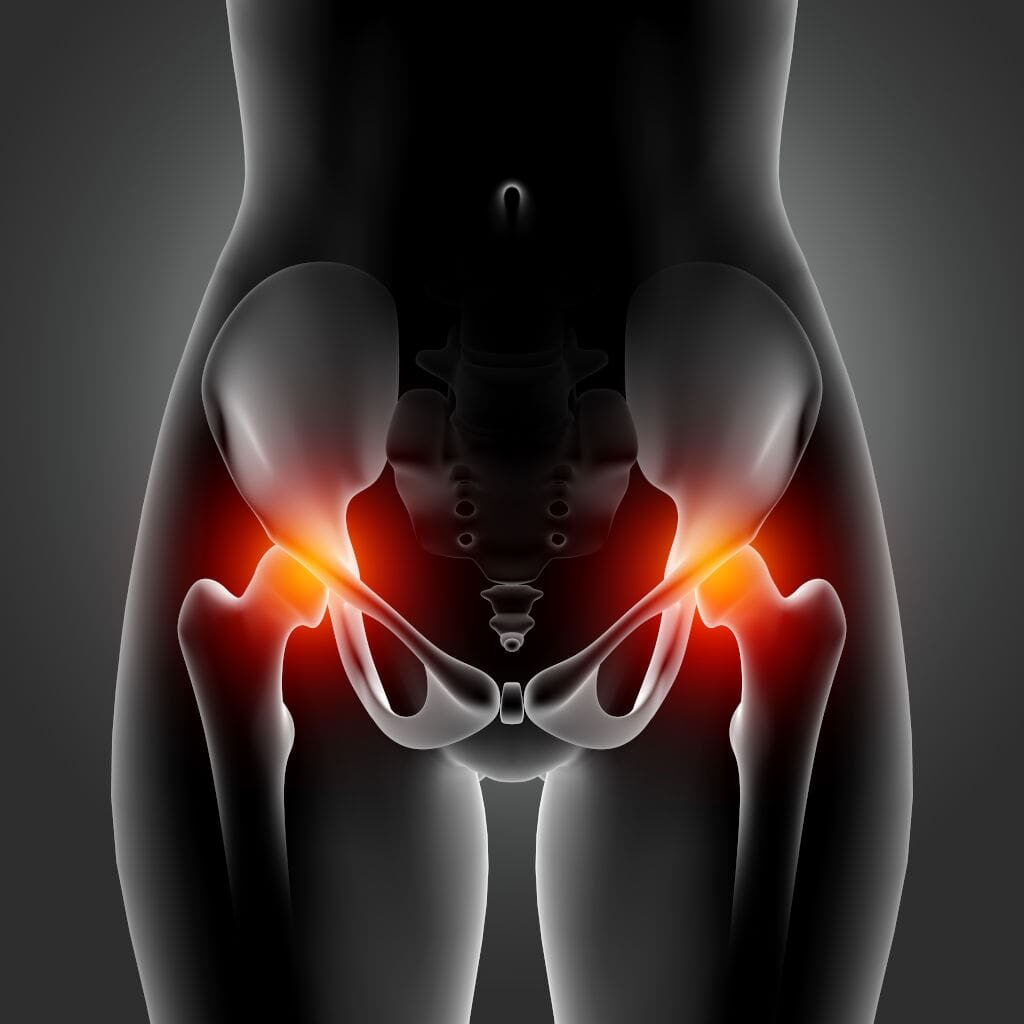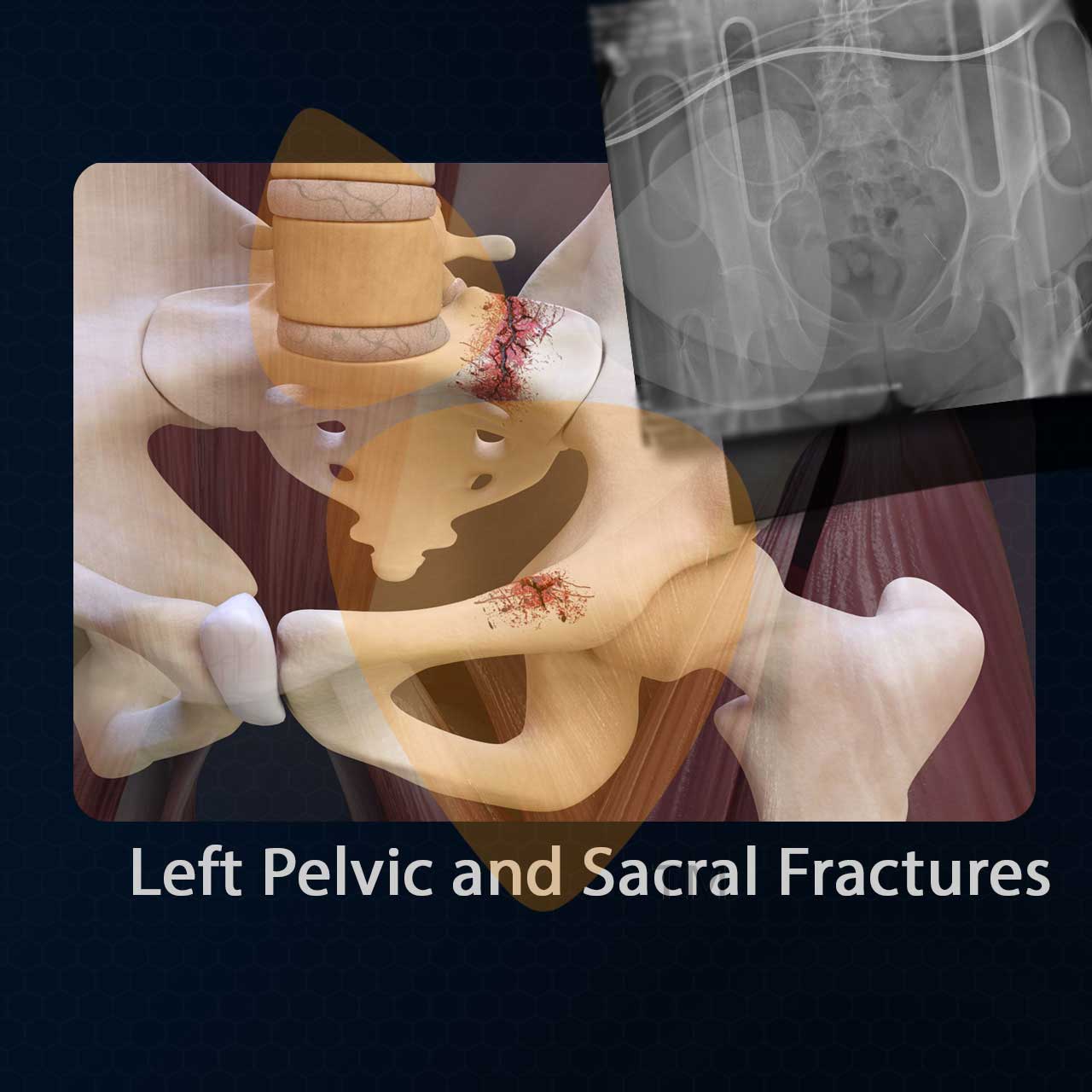Pelvic fractures are severe injuries frequently accompanied by multiple system injuries, which worsens the overall prognosis. Due to poor roads and traffic, pelvic fractures are becoming more common in the United States.
Approximately 3% of all skeletal fractures in the United States are pelvic fractures. Despite making up a tiny portion of all orthopedic injuries, the frequency has been linked to mortality rates of up to 50.
The prevalence of pelvic fractures is highest among people between the ages of 15 and 28 in the United States, where it is estimated that 37 out of 100,000 people experience one each year.
What is a Pelvic Fracture?
At the hip level, the pelvis is a ring of bones made up of many individual bones—the entire pelvis functions as a unit to support walking, bending, and other activities. The pelvis is somewhat formed differently in women to facilitate the birth canal. When either of those bones breaks, it is called a pelvic fracture.
Multiple fractures in pelvic rings are standard. A little fracture that results from the force of running may heal on its own in a few weeks. However, a severe pelvic fracture can be fatal and may also cause harm to the organs the pelvis safeguards.
Symptoms of a pelvic fracture include the inability to walk or stand up straight, excruciating hip pain, and numbness. Victims may also experience bleeding from orifices and more.

What are the Causes of A Pelvic Fracture?
The pelvic ring’s inherent structural and mechanical stability makes the pelvis very stable. As a result, the pelvis most frequently fractures following high-impact trauma. This is commonly followed by fractures or injuries to other parts of the body.
Unless there is a history of a bone density problem or a deteriorating disease or condition, there is a low chance of sustaining a pelvic fracture from a soft impact. For instance, osteoporosis patients and those with related illnesses are more likely to break bones due to degeneration.
However, in some situations, a lower-impact occurrence, like a bit of fall, might be sufficient to result in a pelvic fracture. This can be common with an older individual with weaker bones.
Here are a few causes of pelvic fractures:
- Automobile Accident
Due to people’s location and position inside a car, a broken pelvis is a common accident injury.
A crash frequently places the victim’s hips, pubis, or other pelvis regions under brutal force, which can crush the bone. Directly above the cross-section of the car’s frame are the people in the driver’s and passenger’s seats. As a result, the majority of the impact will be discharged directly over the region of their pelvis.
Accidents involving motorcycles are particularly deadly because the rider is not wearing a seatbelt. This leaves them at risk of being pinned below the vehicle. Hence, suffering hip and lower back fractures.
A case that illustrates the dire consequences of a motor collision on the pelvic region is the case of Shirley v. Bacon.
In this case, the appellant-plaintiff filed this wrongful death lawsuit to obtain compensation for the loss of her unborn child. The baby experienced a collision as a passenger in the appellee-defendant’s car. She claimed the wrongful death was caused by pelvic fracture injuries from the collision.
Another example is the case of Lind v. City of New York.
In this case, the plaintiff testified at trial that she was riding a bicycle when a bus operated by the defendant’s company shifted to the right as it passed her. The bus struck her and knocked her beneath the rear wheel. The plaintiff sustained severe injuries from the collision. This includes bilateral pubic bone pelvic fractures, peritoneal lacerations and avulsions, lumbar vertebral fractures, and fractured ribs.
The court awarded the plaintiff for past and suffering the sum of $1,500,000 and damages for future pain and suffering $1,250,000.
- Slip and Fall
Any surface can cause one to slip and fall. There could be ice or debris on the sidewalks, damaged carpeting in the offices, milk bottles spilled in grocery shops without wet floor signs, floods in the restrooms of restaurants, and more.
Regardless of the location, the floor shouldn’t be hazardous to walk on. If a fall in a dangerous area, the pelvis could collide with any object. This could be very hurtful due to the immediate impact.
- Work Injury
At work, a lot of injuries happen. Due to the inherent hazard in their occupations, dock workers, maintenance workers, and other personnel are all susceptible to injuries in accidents. The pelvis could permanently damage if heavy objects fall on the waist region.
An example is seen in the case of Kimbell v. Association of Rehab Industry & Business Companion Property & Casualty. The appellant fell off a porch at his place of employment and sustained a severe pelvic fracture.
The plaintiff filed a workers’ compensation claim. Hence, the administrative law judge determined that the plaintiff had established his right to receive any medical care reasonably required in connection with the compensable injury and that he had incurred a compensable injury.
The case of Jackson v. Greyhound Lines Inc. can also help us understand this better.
In the instant case, a bus’ engine started and went into reverse as the plaintiff, a mechanic for the defendant, was attempting to start it. The bus rolled back, pinning the plaintiff between the bus and the service truck.
He passed out and was immediately rushed to the hospital, where he was diagnosed with a bilateral pelvic fracture.
Following the number of complications he had from the injury, he filed for a worker’s compensation benefit. The court awarded damages to the plaintiff for past and future medical expenses.

Proving Liability Using Pelvic Fracture Animation
A pelvic fracture is an excruciating injury that, depending on the severity of the damage, may keep a sufferer out of action for weeks or months. The recovery from pelvic fracture may take several months, if not years.
This is one of the worst injuries that can result from someone else’s carelessness.
Where does a victim turn for financial assistance when medical costs are growing, and there is no money to pay them?
The solution is understanding how legal animation can help obtain compensation for a broken pelvis.
To obtain a legal settlement or a court ruling regarding pelvic fracture, a victim must demonstrate with an attorney that they were personally harmed. They must show that the responsible parties’ conduct led to the injuries.
There is no better way to illustrate these points than by showing what a pelvic fracture looks like in animation.
The parties’ behavior before, during, and after a collision will be highlighted using demonstrative exhibits, such as pelvic fracture images and videos.
Pelvic fracture animation would clearly reveal the accident’s severity and how the accident would break the pelvis enough to damage the organs and tissues the pelvis protects.
Without this animation, the jury would be forced to rely on alternative types of evidence, which frequently lack the context necessary to grasp how and what occurred.
In conclusion, a pelvic fracture animation can illustrate how an unfortunate incident can irreparably alter a victim’s life. Hence, we at Fox-AE work with attorneys on cases such as this to ensure the victims get compensation. With demonstrative exhibits created by our legal animators, an attorney can clearly showcase the causation of the fracture to the jury.
Our demonstrative aids are also created so that they accurately reflect expert witnesses’ opinions on a case, be it an orthopedic specialist or an accident reconstructionist.





